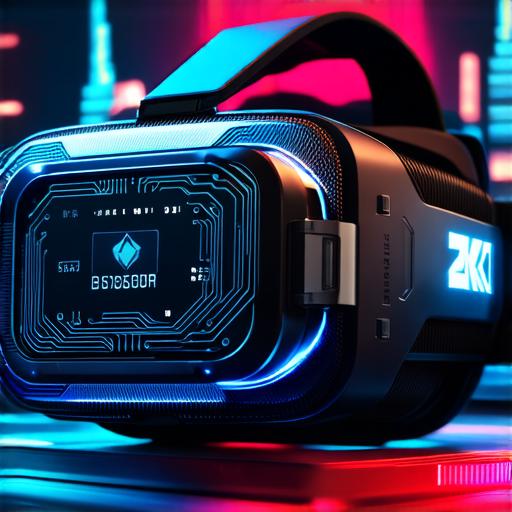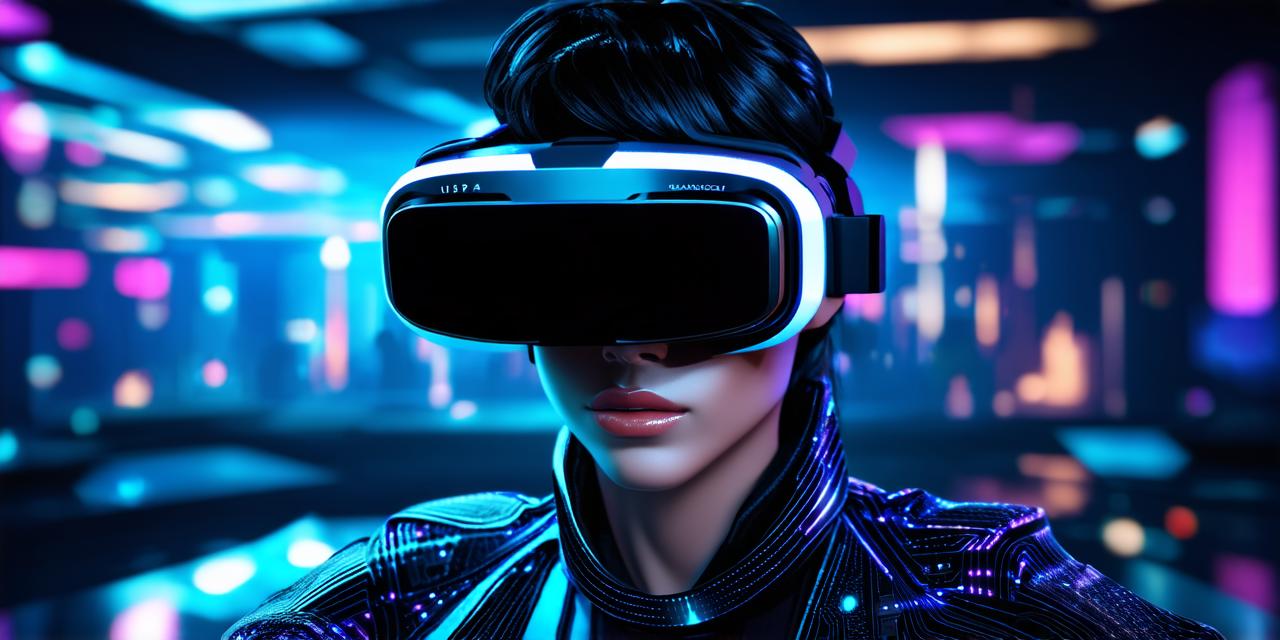The rise of virtual reality
Virtual Reality is a computer-generated simulation that allows users to experience a digital world in a realistic manner. The technology has been around for several years now, but it’s only in recent years that we’ve seen a rapid increase in the development and adoption of VR devices. One of the main reasons for this growth is the advancement of display technology. The development of high-resolution displays with wide field of view (WFOV) has allowed for more immersive and realistic virtual experiences. Additionally, improvements in tracking technology have made it easier to accurately track a user’s movements, allowing for more seamless interaction with virtual content.
Another key factor driving the growth of VR is the increasing popularity of gaming.
Many gamers are looking for new and innovative ways to experience their favorite games, and VR offers a unique opportunity to do so in a way that traditional gaming can’t. In fact, the gaming industry is one of the biggest drivers of VR adoption, with many major game publishers already investing heavily in this technology. As the gaming industry continues to grow, we’re likely to see even more investment in VR technology, leading to new and innovative games that take advantage of the unique capabilities of this technology.
The impact of virtual reality on the AR industry
As VR continues to grow, it’s likely that we will see more overlap between virtual and augmented reality (AR) technologies. AR is a subset of VR that overlays digital content onto the real world, allowing users to interact with both virtual and physical elements in a seamless manner. One example of this overlap can be seen in the development of smart glasses. These devices are designed to integrate AR technology into everyday wearable devices, such as eyeglasses and sunglasses. By incorporating VR displays and sensors into these devices, users will be able to experience virtual content in a way that is both immersive and seamless.

Another example of the overlap between VR and AR can be seen in the development of interactive advertising.
Brands are already using AR technology to create immersive experiences for consumers, but as VR continues to grow, we’re likely to see even more innovative uses of this technology in advertising. By combining the power of VR with the potential of AR, brands will be able to create truly unique and engaging experiences that capture the attention of consumers and drive sales.
The future of virtual reality
As we look ahead to the future, there are several key trends and developments that we can expect to see in the VR industry. One of the most significant is the increasing adoption of wireless VR headsets. While many early VR devices required a wired connection to a computer, the development of wireless technology has made it possible for users to move more freely and interact with virtual content in a more natural way. As wireless technology continues to improve, we’re likely to see even more advanced wireless VR headsets that offer improved performance, higher resolution displays, and greater freedom of movement.
Another trend we can expect to see is the development of more advanced haptic technology.
Haptics is the use of touch and motion feedback to create an immersive experience for the user. As VR continues to grow, we’re likely to see even more advanced haptic technologies that allow users to feel as though they are truly inside a virtual world. This will include advancements in wearable technology, such as gloves and vests that provide tactile feedback, as well as advancements in haptic displays that provide more realistic visual feedback.
Finally, as the gaming industry continues to grow, we can expect to see even more investment in VR technology.
This will lead to new and innovative games that take advantage of the unique capabilities of VR, as well as improvements in the hardware and software that underpin this technology. As the gaming industry continues to evolve, we’re likely to see even more immersive and engaging games that capture the imagination of gamers and drive growth in the VR market.
In conclusion, virtual reality is an exciting and rapidly evolving technology that has already shown great potential to change the way we interact with digital content.
As we look ahead to the future, it’s likely that we will see even more innovation and growth in this field, as VR continues to converge with other emerging technologies such as augmented reality, artificial intelligence, and machine learning. Whether you’re a gamer, a marketer, or simply someone who enjoys exploring new technologies, virtual reality is an area of tremendous opportunity that will continue to shape our lives in the years to come.




